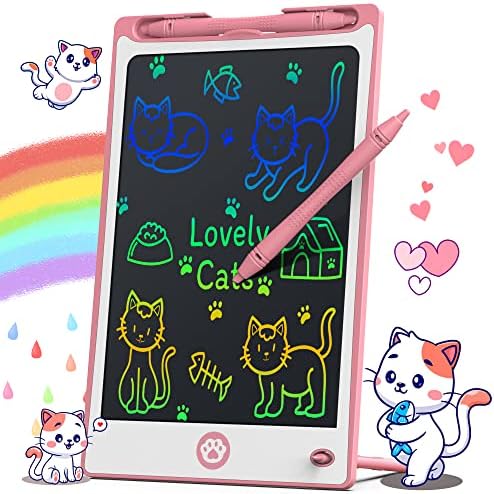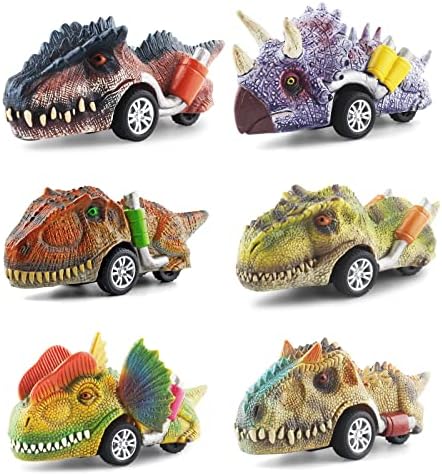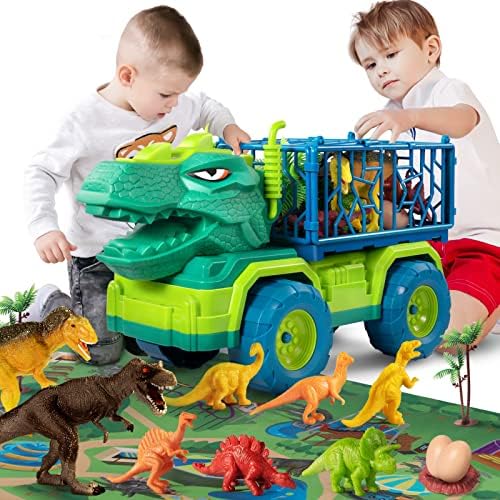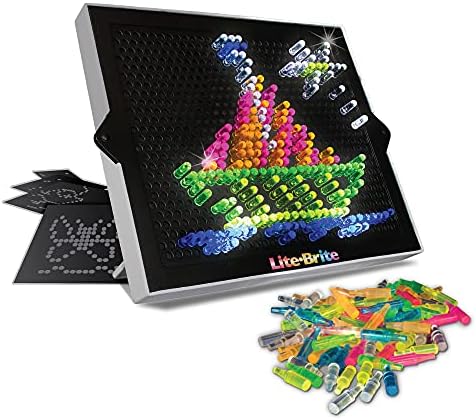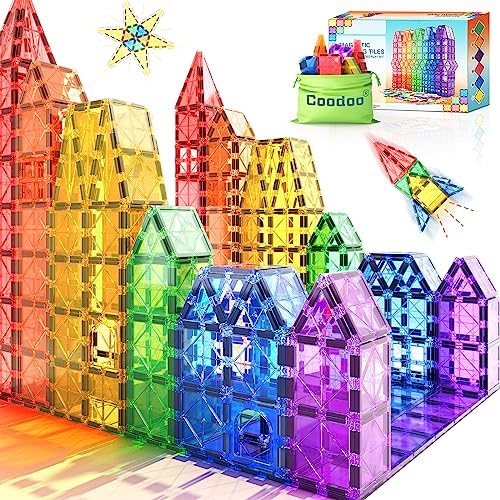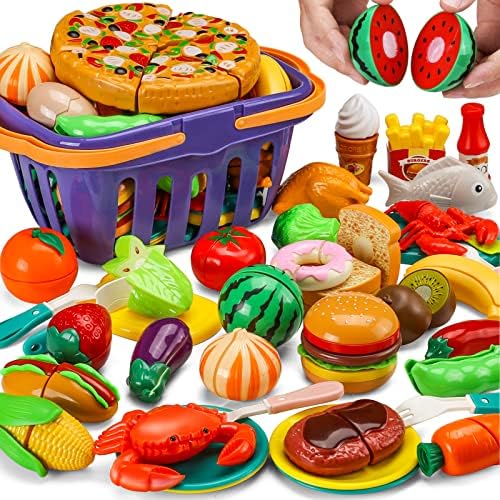Navigating the world of toddler toys can be overwhelming for parents and caregivers. With countless options available, how do you choose the right ones?
Sensory toys for toddlers are a standout choice. They are not just fun, but also play a crucial role in a child’s development.
These toys stimulate the senses, helping toddlers explore their world in a safe and engaging way. They can aid in developing motor skills, cognitive abilities, and even emotional regulation.
In this article, we delve into the benefits of sensory toys for toddlers. We’ll guide you in selecting the best sensory toys for your little ones.
Whether you’re a parent, caregiver, or educator, this guide will provide valuable insights. Let’s embark on this journey to understand the world of sensory play.

Understanding Sensory Toys and Their Importance
Sensory toys for toddlers are designed to engage a child’s senses. They often involve textures, sounds, colors, or movements that stimulate touch, hearing, sight, or motor skills.
These toys serve a dual purpose. They provide entertainment while also promoting various aspects of development.
Sensory play, the act of using these toys, is a vital part of learning. It allows toddlers to explore and naturally encourages curiosity and discovery.
- Sensory toys can include items like textured balls, musical instruments, water tables, and more.
- They can also be simple household items, like a bowl of rice or a pot and spoon.
- The key is that they engage one or more of the child’s senses, encouraging exploration and interaction.
Sensory play is not just about having fun. It’s a crucial part of a toddler’s development, laying the foundation for more complex learning and skills.

The Developmental Benefits of Sensory Toys
Sensory toys play a significant role in enhancing both fine and gross motor skills. Fine motor skills involve small movements like grasping a toy or moving it from one hand to another. Gross motor skills include larger movements like crawling, walking, or throwing.
- Toys that require grasping, stacking, or threading can improve fine motor skills.
- Larger toys that encourage pushing, pulling, or tossing can enhance gross motor skills.
Cognitive development and problem-solving are also fostered through sensory play. Sensory toys often require toddlers to think about cause and effect, solve problems, and make connections.
Language development is another key benefit of sensory toys. As toddlers play, they learn to describe what they’re doing, feeling, or seeing. This can expand their vocabulary and improve their communication skills.
Sensory toys can also aid in emotional regulation and stress relief. The tactile nature of many sensory toys can have a calming effect on toddlers, helping them manage their emotions and reduce stress.
Improvements in concentration and attention span are another benefit of sensory play. As toddlers focus on exploring and manipulating their sensory toys, they’re also learning to concentrate and maintain their attention on a task.
Finally, sensory toys can enhance social skills and sensory processing. Shared play with sensory toys can teach toddlers about cooperation, sharing, and understanding others’ perspectives. Additionally, sensory toys can help toddlers make sense of the world around them, improving their sensory processing skills.

Selecting the Right Sensory Toys for Your Toddler
Choosing the right sensory toys for your toddler involves several considerations. First, it’s important to select age-appropriate options. Toys that are too advanced can frustrate toddlers, while those that are too simple may not hold their interest.
- For younger toddlers, simple toys that stimulate the senses, like textured balls or rattles, are ideal.
- Older toddlers may enjoy more complex toys, like sensory bins or puzzles.
Safety is another crucial factor. Always check for small parts that could pose a choking hazard. Opt for toys made from non-toxic materials, especially since toddlers often explore with their mouths.
Balancing high-tech and low-tech toys can provide a well-rounded sensory experience. While high-tech toys can offer exciting lights and sounds, low-tech options often encourage more imaginative play.
Observing your toddler’s preferences can also guide your toy selection. Some toddlers may prefer tactile toys, while others may be more drawn to visual or auditory stimuli.
Finally, remember the role of caregivers in play. While sensory toys can provide independent play opportunities, your interaction can enhance the learning experience. Engage with your toddler, ask questions, and encourage exploration.

Sensory Toys as Educational Tools
Sensory toys are not just fun and engaging, they also serve as powerful educational tools. They can help introduce and reinforce traditional educational concepts. For instance, a sensory bin filled with different shaped objects can help toddlers learn about shapes.
- A musical sensory toy can introduce rhythm and melody.
- A textured puzzle can help toddlers learn about different textures while also improving their problem-solving skills.
Sensory toys also play a significant role in child-centered educational approaches, such as Montessori. These approaches emphasize hands-on, active learning, and sensory toys provide the perfect medium for this.
Sensory toys are also valuable in early intervention programs. For children with developmental delays or disabilities, sensory toys can provide therapeutic benefits and help improve motor skills, cognitive abilities, and more.
When it comes to sensory toys, remember that quality trumps quantity. It’s better to have a few well-made, versatile sensory toys that your toddler loves than a room full of toys they hardly touch. Choose toys that will grow with your child, offering new challenges and learning opportunities as they develop.

Integrating Sensory Toys into Daily Routines
Incorporating sensory toys into your toddler’s daily routine can maximize their benefits. You can introduce sensory play during quiet times, outdoor play, or even meal times. For example, a sensory placemat can make mealtime more engaging and educational.
Cleaning and maintaining sensory toys is crucial for hygiene and longevity. Most sensory toys can be cleaned with mild soap and warm water. Always check the manufacturer’s instructions for specific cleaning guidelines.
To keep your toddler’s interest, consider rotating their sensory toys. This not only keeps the sensory experience fresh and engaging but also helps your toddler rediscover and build upon previous learning experiences.
Setting up a safe play environment is also important. Ensure the play area is free from hazards and supervise your toddler during play, especially with smaller sensory toys that could pose a choking risk.

The Long-Term Impact of Sensory Toys on Toddler Development
Sensory toys play a significant role in building neural connections in your toddler’s developing brain. They stimulate various senses, promoting the growth of neural pathways that enhance learning and cognition. Sensory toys also improve hand-eye coordination, a crucial skill for everyday tasks.
These toys also foster creativity and imagination. By offering a variety of sensory experiences, they encourage toddlers to explore, experiment, and create. This freedom to explore also promotes independence and self-directed play, essential skills for personal and academic growth.
Sensory toys also prepare toddlers for preschool and beyond. They introduce concepts like shapes, colors, and numbers in a fun, engaging way. This early exposure can make the transition to formal education smoother and less stressful for your child.
In essence, sensory toys lay a foundation for lifelong learning. They cultivate curiosity, resilience, and a love for discovery. These traits are not only beneficial in academic settings but also in navigating the complexities of life.

Conclusion: Embracing the World of Sensory Play
In conclusion, sensory toys for toddlers offer a multitude of benefits. They enhance motor skills, cognitive development, language acquisition, and emotional regulation. They also foster social skills, concentration, and sensory processing. By integrating sensory toys into your toddler’s playtime, you’re not just providing fun activities, but also laying a strong foundation for their lifelong learning journey.
As parents and caregivers, it’s essential to embrace the world of sensory play. Explore different sensory toys, observe your toddler’s responses, and tailor the experience to their preferences. Remember, the goal is to make learning an enjoyable and enriching experience for your little one.

